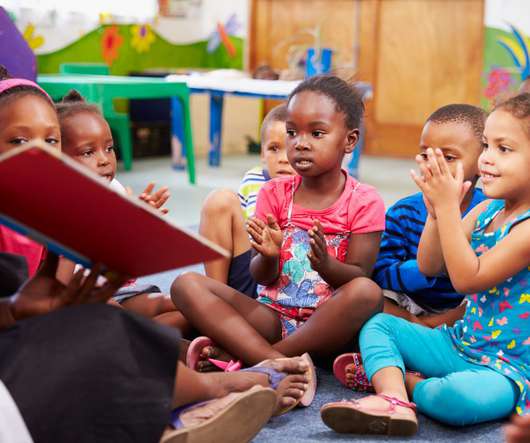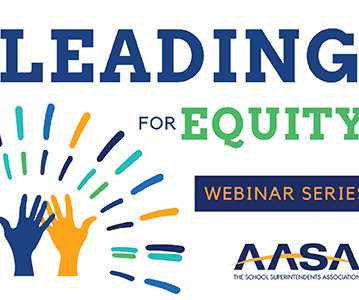Culturally Responsive Teaching: Tips and Strategies for Educators
Waterford
FEBRUARY 4, 2021
December 2003. Indicator 6: Elementary and Secondary Enrollment. January 2018. January 2018. A Framework for Culturally Responsive Teaching. Educational Leadership, September 1995, 53(1), pp. Pewewardy, C., and Hammer, P.C. Culturally Responsive Teaching for American Indian Students. Curriculum Inquiry, 2013, 43(1), pp.














Let's personalize your content